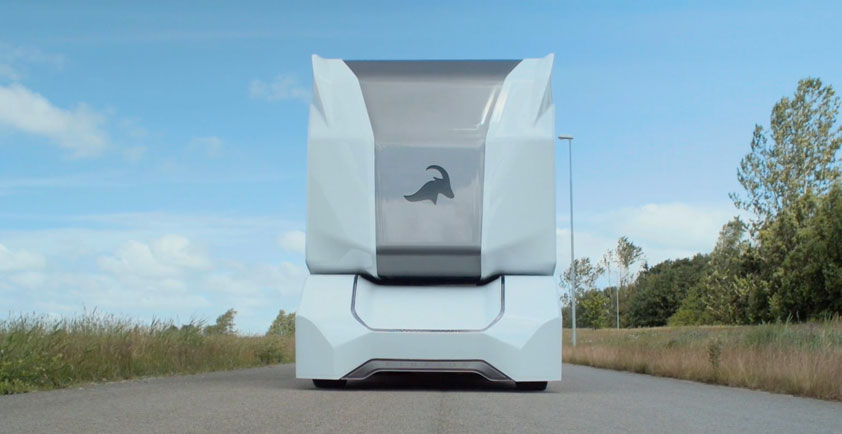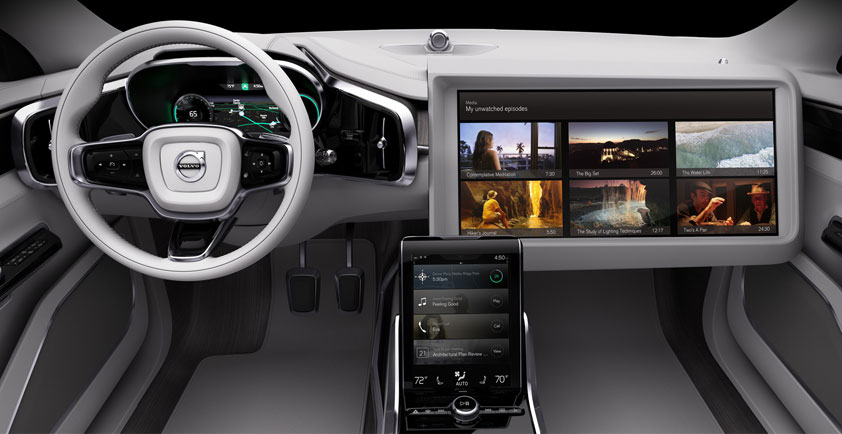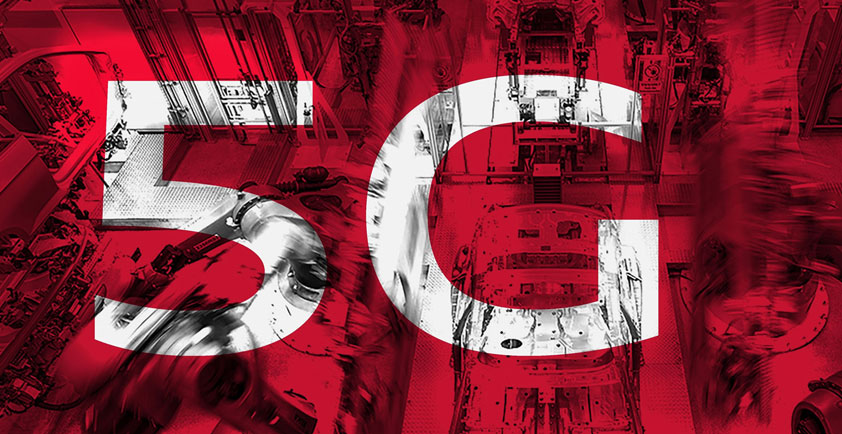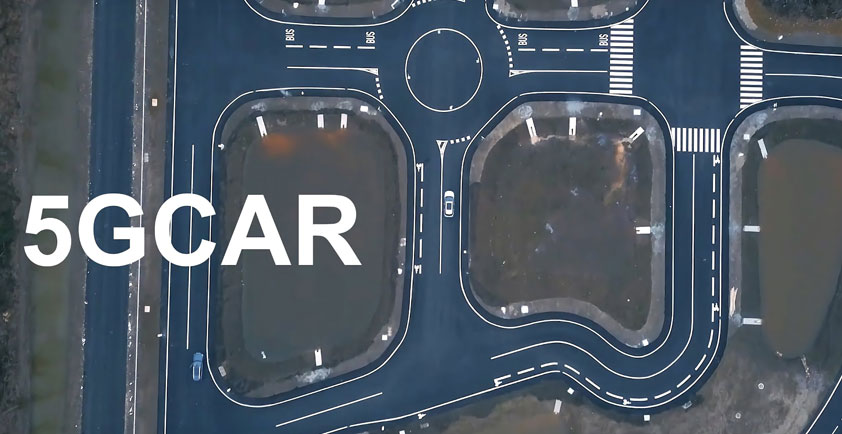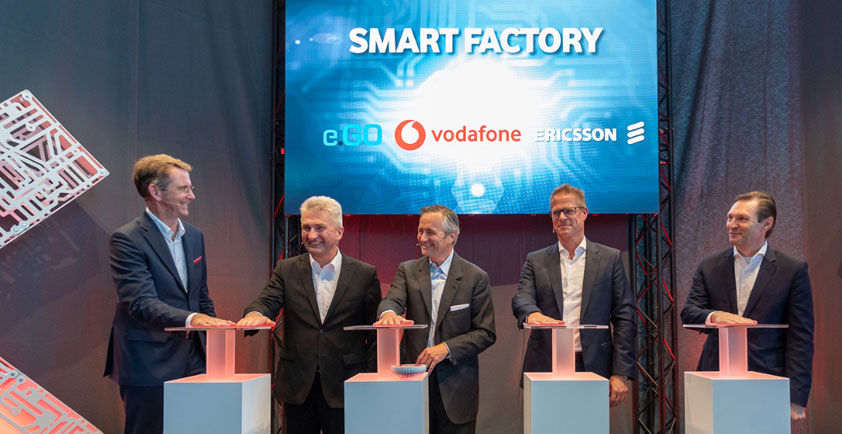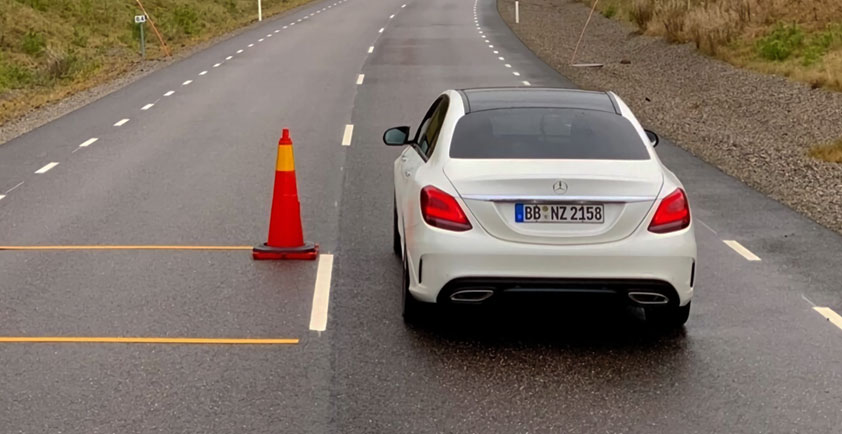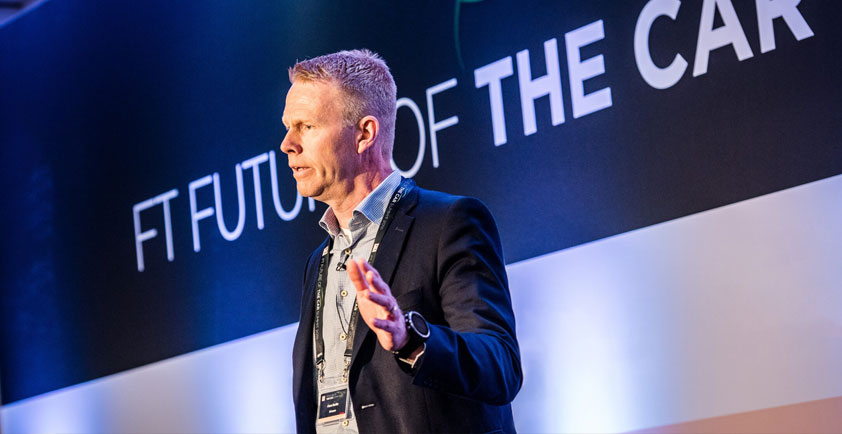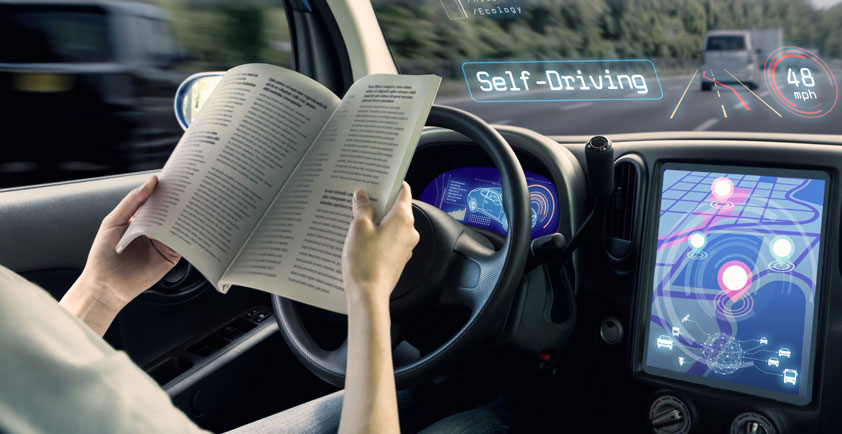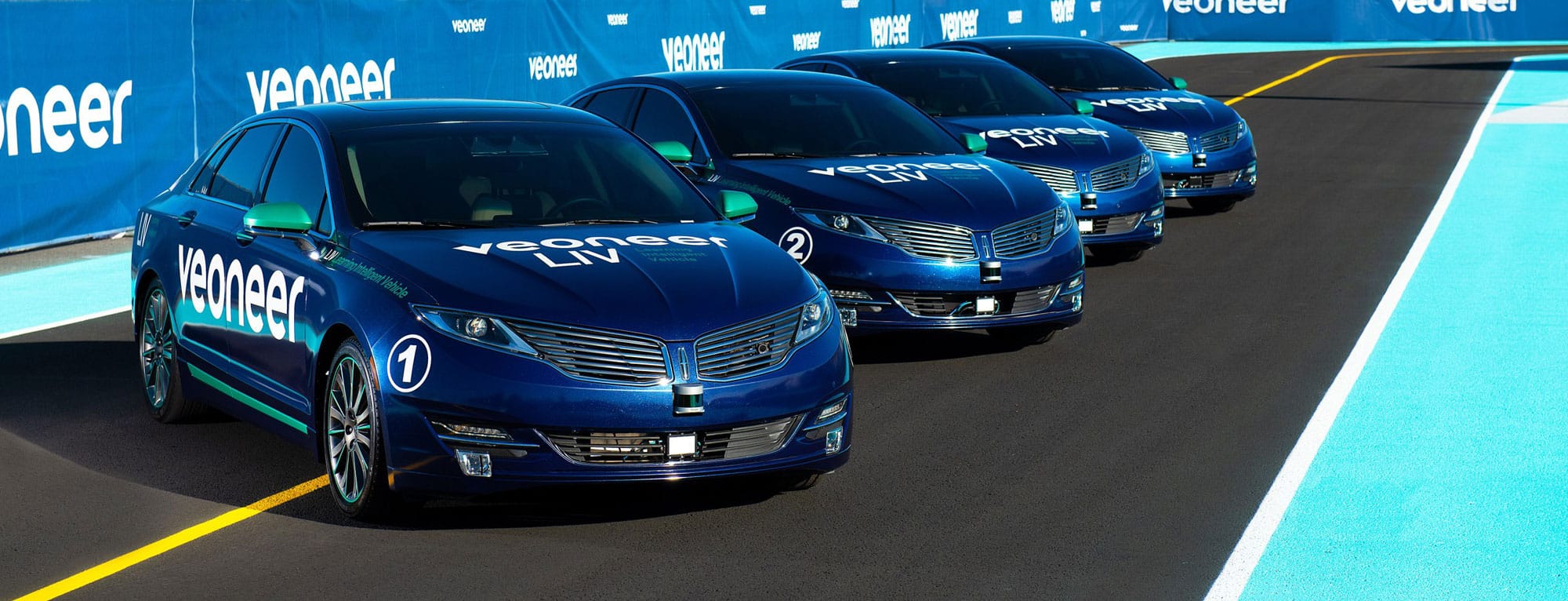
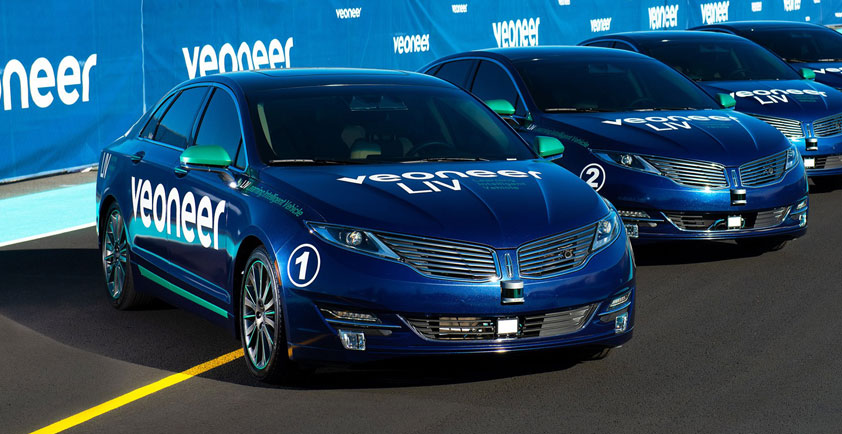
THE SAFE ROAD TOWARDS AUTONOMOUS DRIVING
With each new self-driving feature—assisted parallel parking, intersection collision warning, lane change assistance, emergency braking—imaginations can run wild with what the future holds for the car of the future. The industry is embracing advanced driver assistance systems (ADAS) and autonomous driving (AD) to chart the course for tomorrow’s vehicle. These capabilities already demonstrate clear benefits, from reducing collisions to improving driver safety on the road.
In order for AD/ADAS to grow successfully, there not only needs to be a step-by-step approach to reducing human interaction, but in building customer trust of the vehicle and adjacent systems as well. A large component of building this trust will come from effective communication between the many moving parts, including vehicle-to-vehicle communication, as well as vehicle-to-infrastructure (V2X) information sharing. Connectivity—including the rollout of 5G networks—will be key to unlocking ADAS and V2X services, as well as sophisticated planning, rollout and automation of AI and machine learning at the cloud network edge.
Human-machine interaction is an area to focus to ensure highly automated driving won’t encounter undue obstacles as it progresses. Veoneer, one of the most experienced automotive safety electronics companies today, partnered with Ericsson’s secure connected cloud to ensure split-second performance and connectivity for driver-vehicle-infrastructure technology. Without this type of platform, features such as forward collision warning systems, adaptive cruise control and other technology cannot work to their full potential. This cooperation endeavors to build trust in the sensors, connectivity and cloud that are needed to take ADAS and highly automated driving in different levels of automation forward to become autonomous.
During CES 2019, Ericsson collaborated with Veoneer to enable their Learning Intelligent Vehicle (LIV 3.0) demonstrate the importance of building trust in mobility through stepwise ADAS service introduction. For the utmost safety, self-driving systems must monitor the vehicles and surrounding environments constantly. By also monitoring the driver’s facial expressions, sentiment and behavior, this data can inform future driving prompts and assistance, including ADAS taking over for roadwork or closure avoidance, distracted driving and other make-or-break moments of a drive.
The world continues to open up with greater connectivity. Vehicle passengers and carmakers will have brand new capabilities at their fingertips for more sophisticated, safe driving with increased sharing between vehicles and surrounding infrastructure. In order to build these bridges, the automotive industry needs to ensure reliable connectivity is in place. As autonomous driving builds more connections, the network needs to ingest and analyze data at gigantic levels. Meanwhile, a step-by-step approach will be vital to ensure the successful rollout of new safety features and services. These areas of focus will also aid the future of AD/ADAS in growing passenger trust, which is necessary for self-driving vehicles to reach their full potential.
To handle the massive growth in connected vehicle data traffic, the industry will need a secure platform for V2V and V2X communication to ensure safety and efficiency. Are you interested in learning more about how different vehicles will be able to communicate securely across manufacturers and clouds for passenger trust and safe autonomous driving? Learn more about Ericsson’s Connected Vehicle Cloud.
Author: Edvard Brinck - Director Portfolio Development
